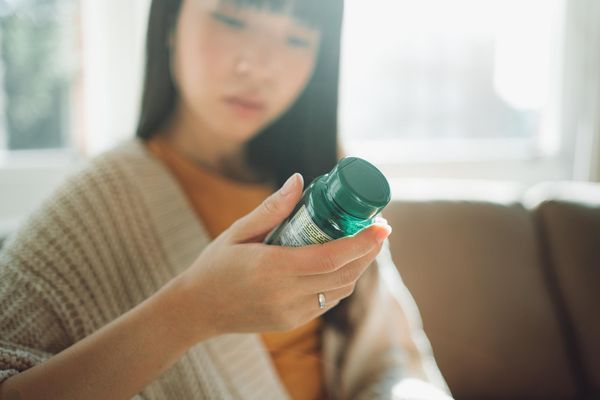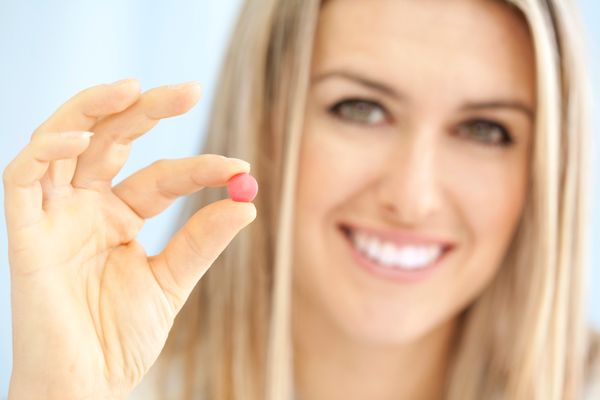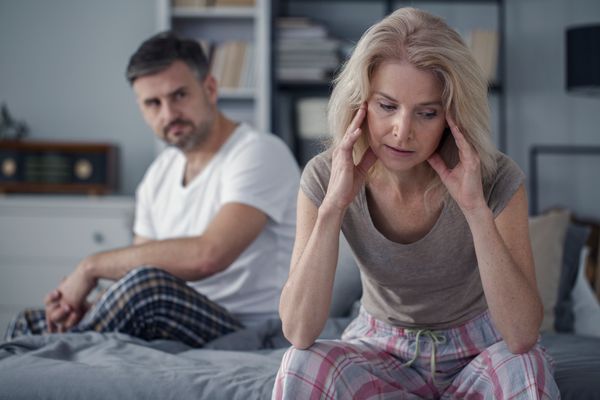1. Persistent or recurrent
2. Causing marked distress or interpersonal difficulty
3. Not being better accounted for by another disorder (except another sexual dysfunction), direct physiological effects of a substance (including medications) or a general medical or psychiatric condition
Read on for several such clinically defined disorders:
Hypoactive Sexual Desire Disorder. This is a type of Sexual Desire Disorder that is diagnosed when a woman experiences a persistent or recurrent lack of thoughts about sex, sexual fantasies and/or desire for sexual activity. The important component, however, is that this reduction must cause her distress or interpersonal difficulty. In other words, if you're not interested in sex but you're comfortable with that, then you don't have Hypoactive Sexual Desire Disorder (also known as HSDD).
Sexual Aversion Disorder. This is when you have an aversion to sex and actively avoid genital sexual contact with your partner.
Sexual arousal disorder. This occurs when you find yourself continually unable to get sexually excited or to maintain such excitement to have sex. In other words, you don't get an adequate lubrication-swelling response. You may desire your lover, you may fantasize about him or her, you want to make love, but you don't experience all of the physical changes common to arousal. This condition could also result in painful intercourse.
Orgasmic Disorder. This is when you're unable to have an orgasm, you have a persistent delay in orgasm, or you find that having an orgasm is very difficult. Women exhibit wide variability in the type or intensity of stimulation that triggers orgasm. This disorder applies to women who have never experienced any type of orgasm or for women who previously had orgasms but now no longer have them because of changes in their health, their medications, life circumstances or relationships.
Dyspareunia. This is the technical name health care professionals may use that basically means you have genital pain when you have sexual vaginal penetration. The pain could come from inside or from the outside of your genitals. It could occur when you have intercourse or when your lover tries to stroke your genitals.
Vaginismus. This involves persistent or recurrent involuntary contractions of the muscles surrounding the vagina that makes penetration difficult or impossible and may make sex painful. In some women, even the anticipation of vaginal insertion may result in muscle spasm.
What to do?
If you think you may be experiencing one of the disorders noted above - or more than one since it is possible that they overlap - talk to your healthcare professional. Only your health care professional can diagnose you with one or more of these conditions, and only after a complete medical and physical history, physical examination and, if necessary, diagnostic tests.
If any of the above conditions sound like something you are experiencing, talk to your doctor. The first step is starting that conversation!







